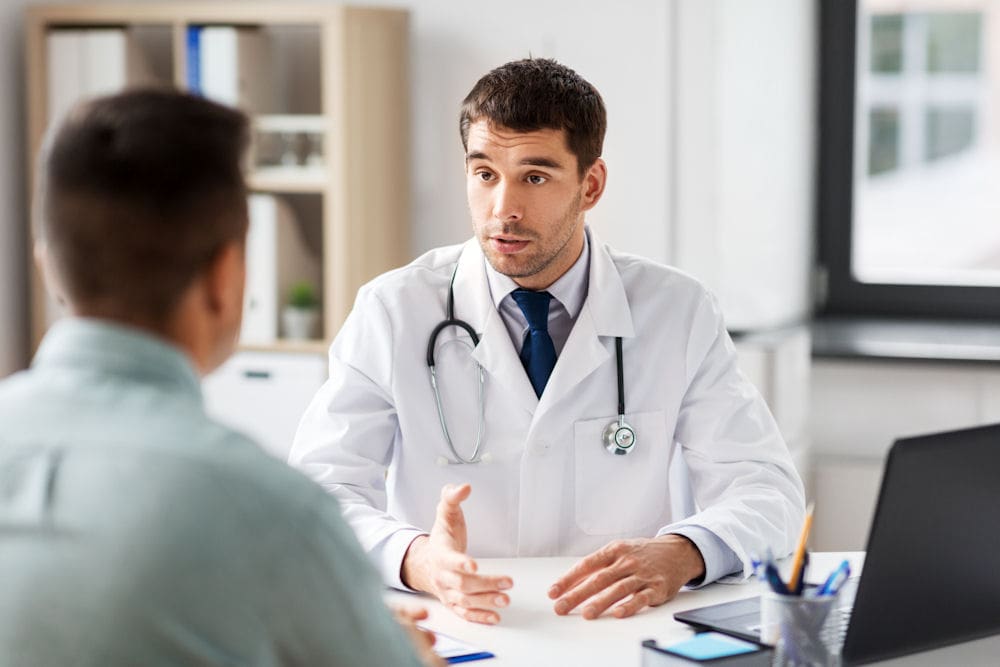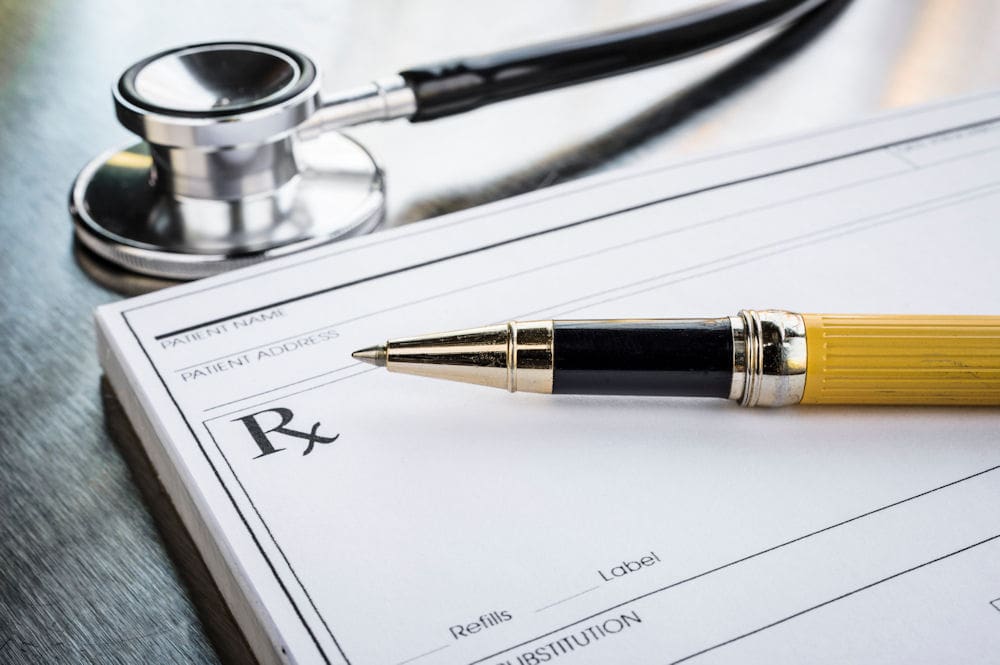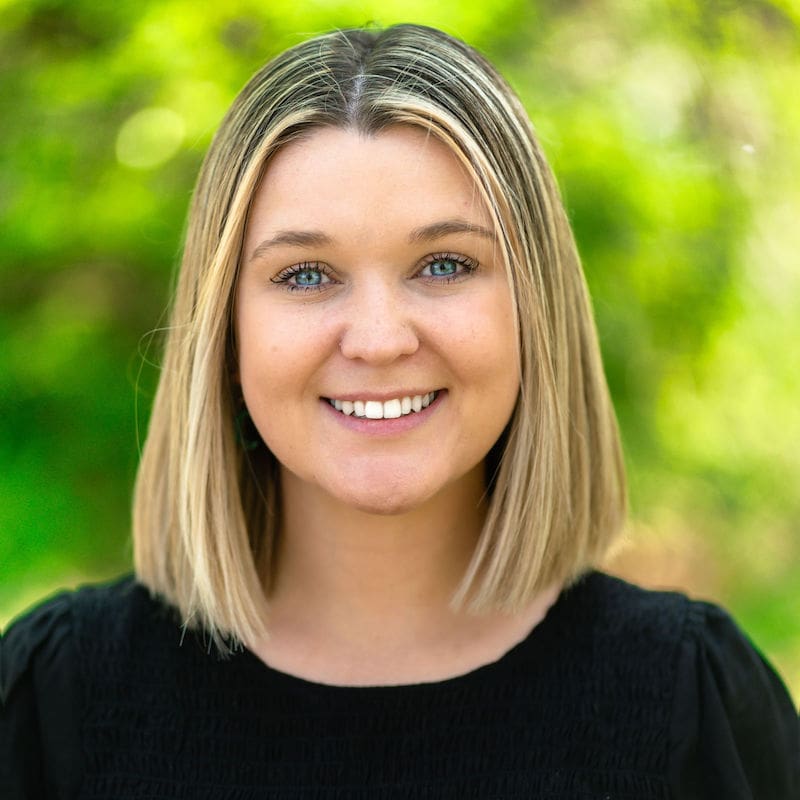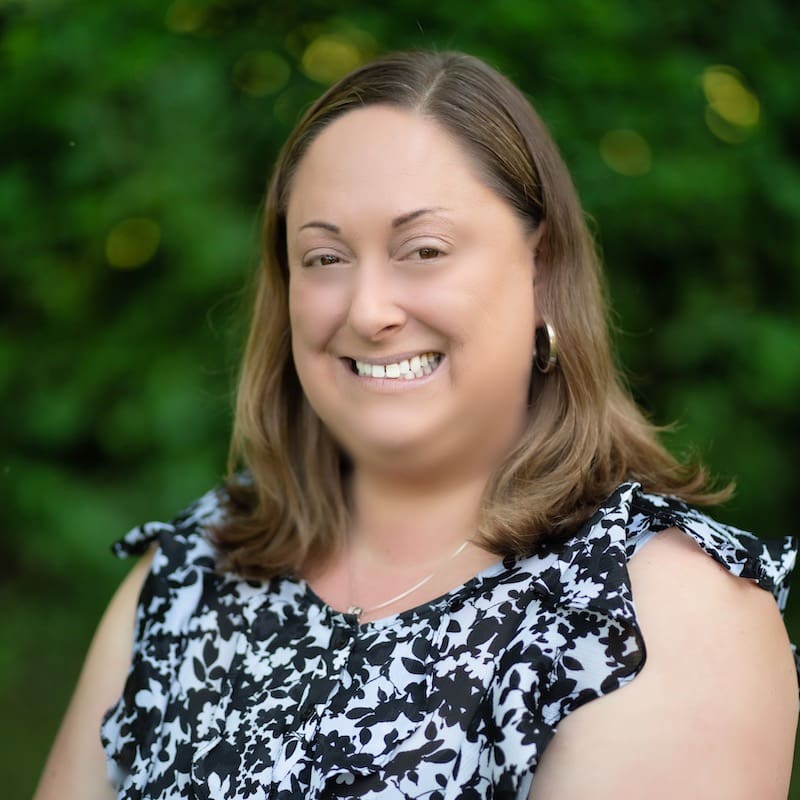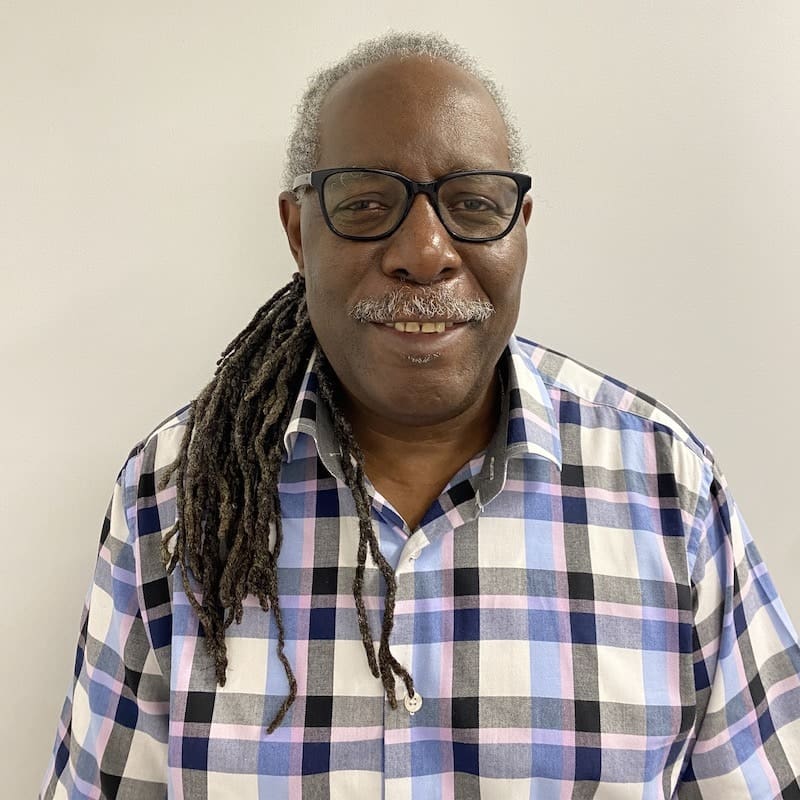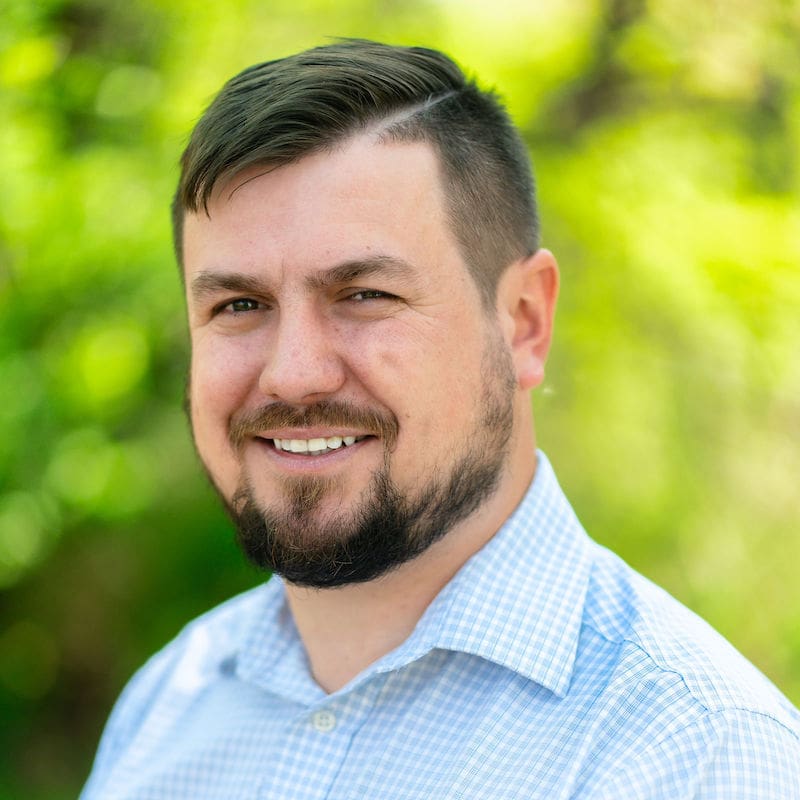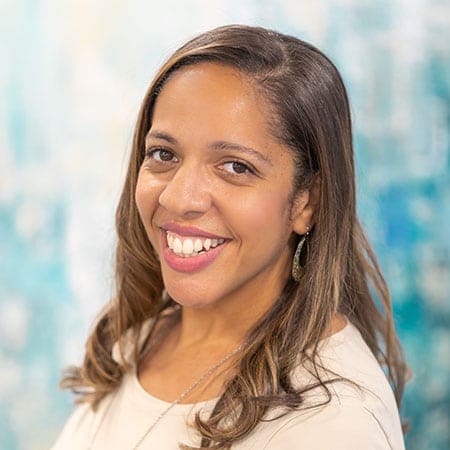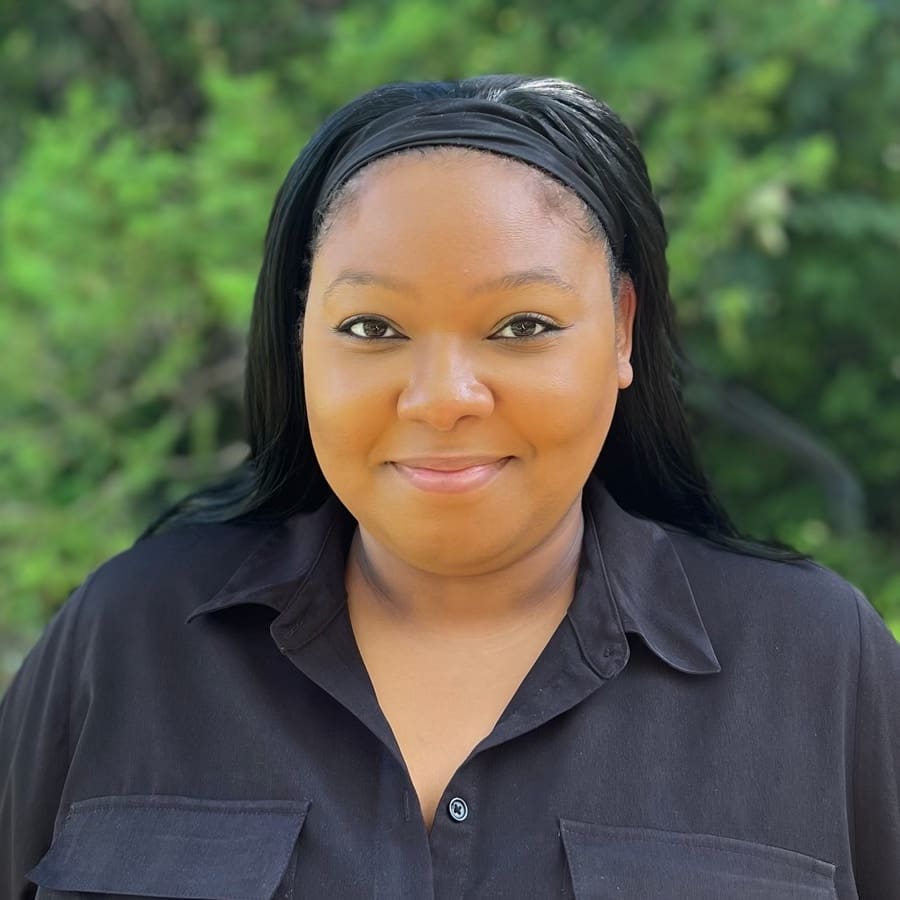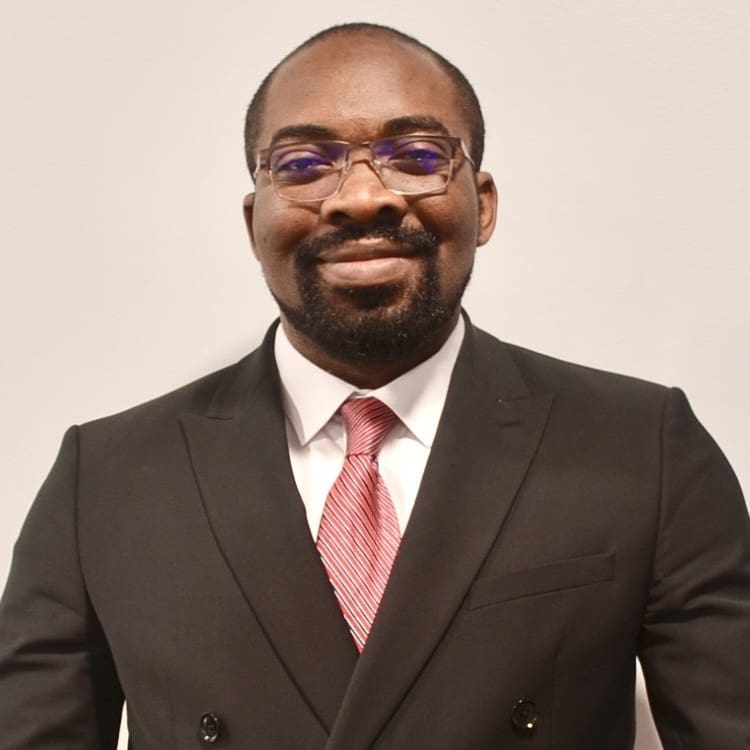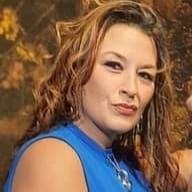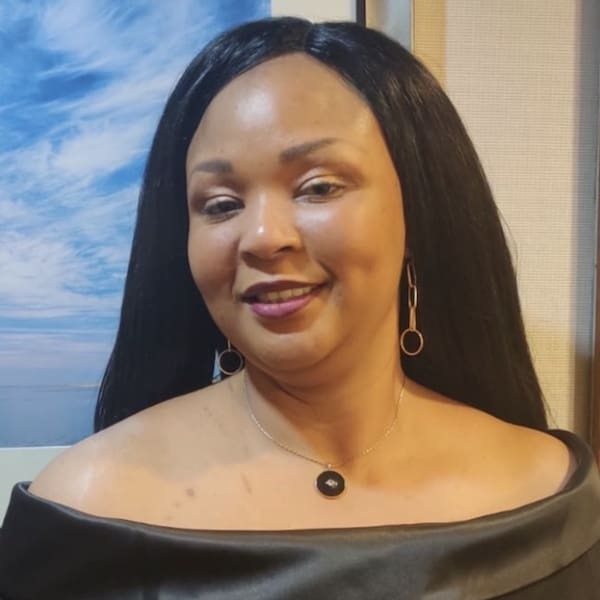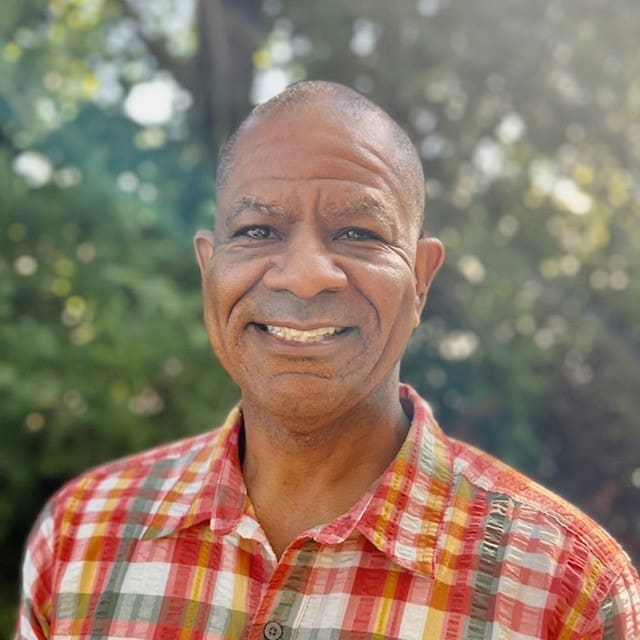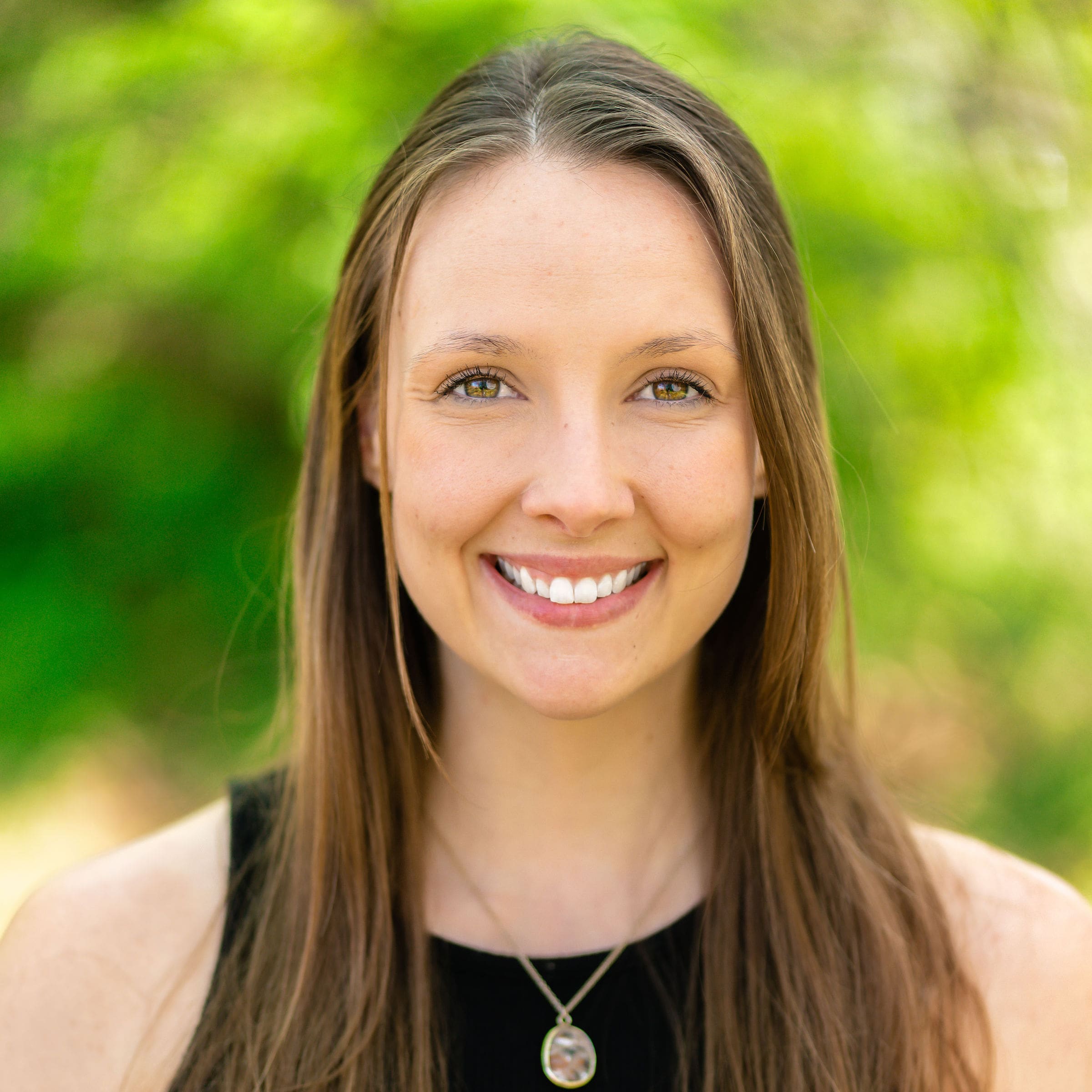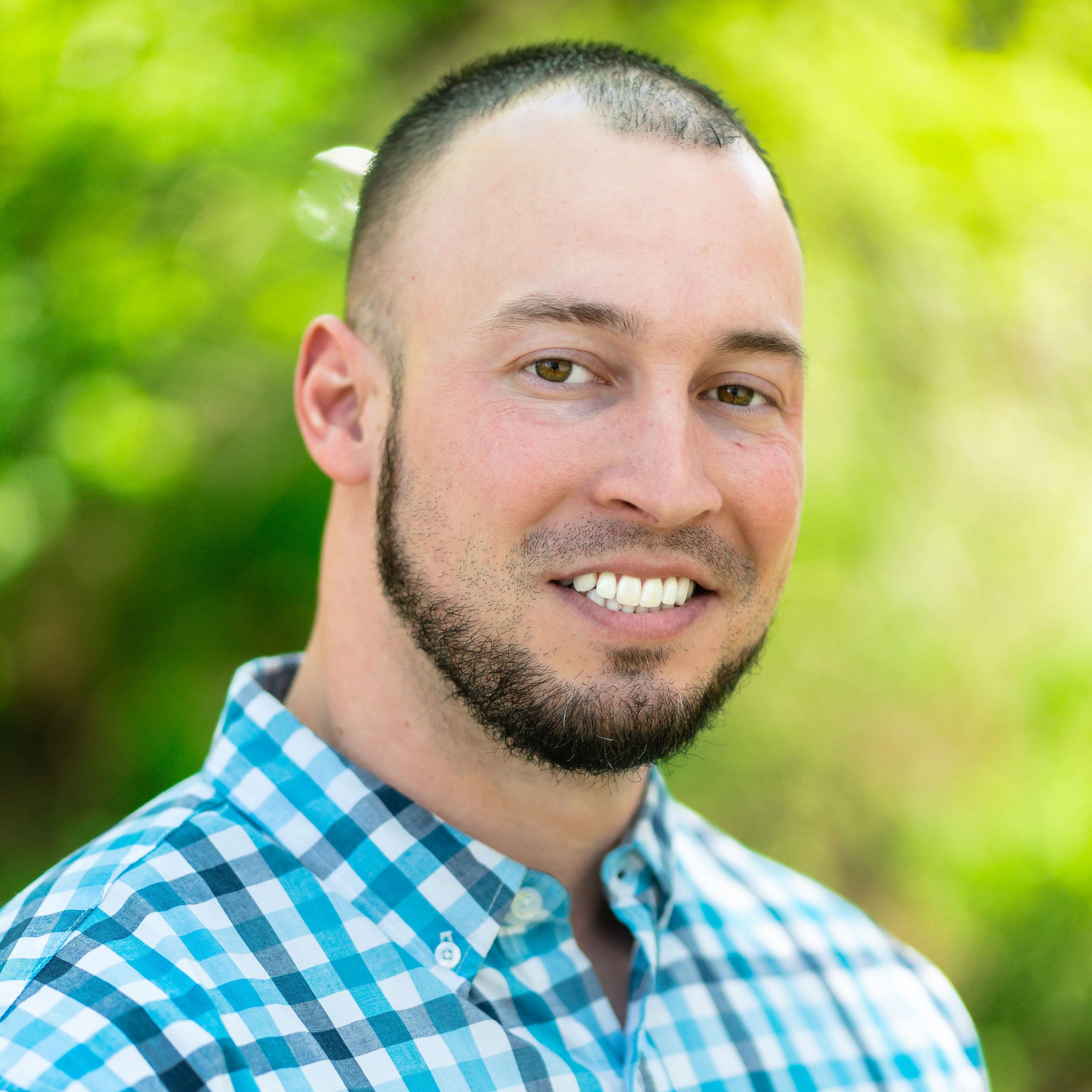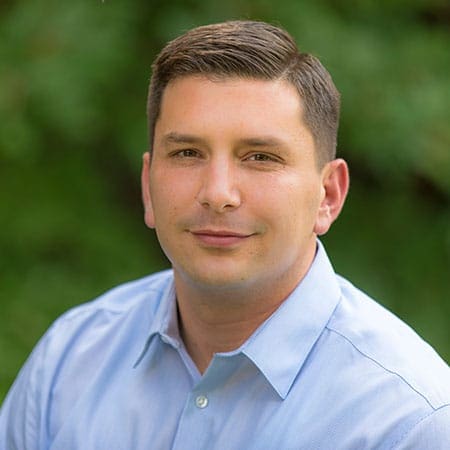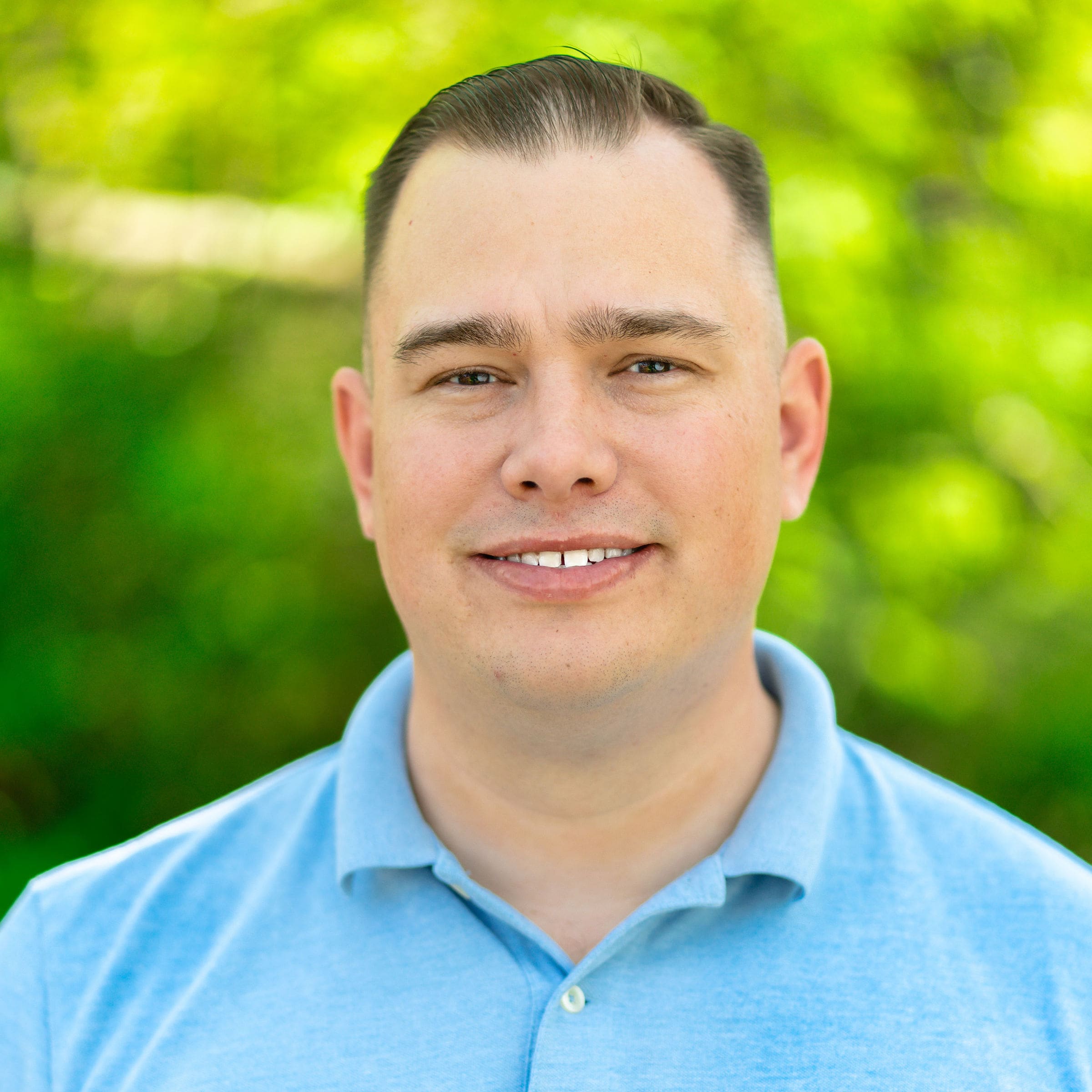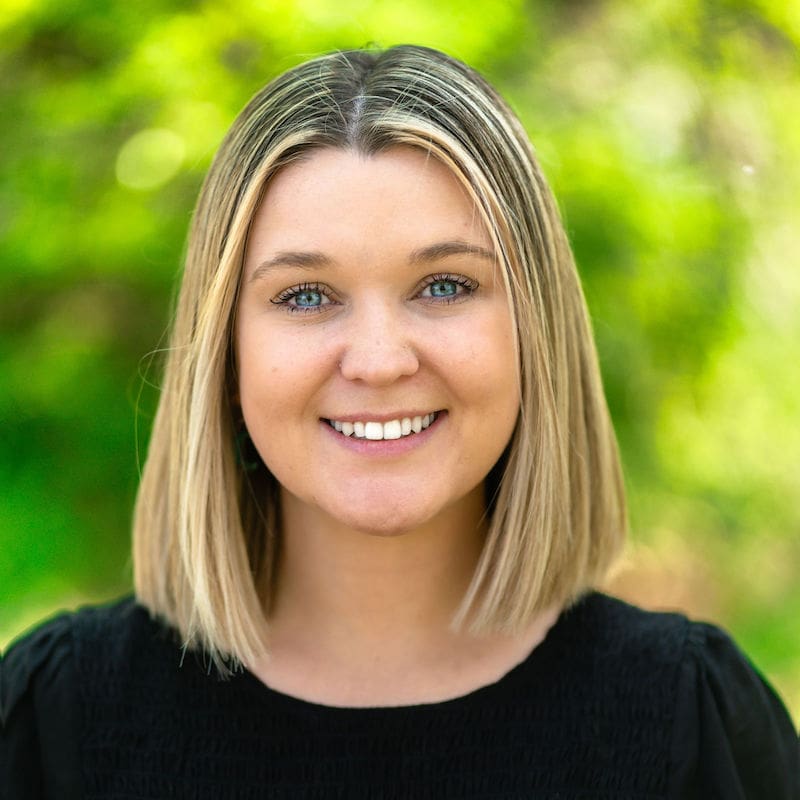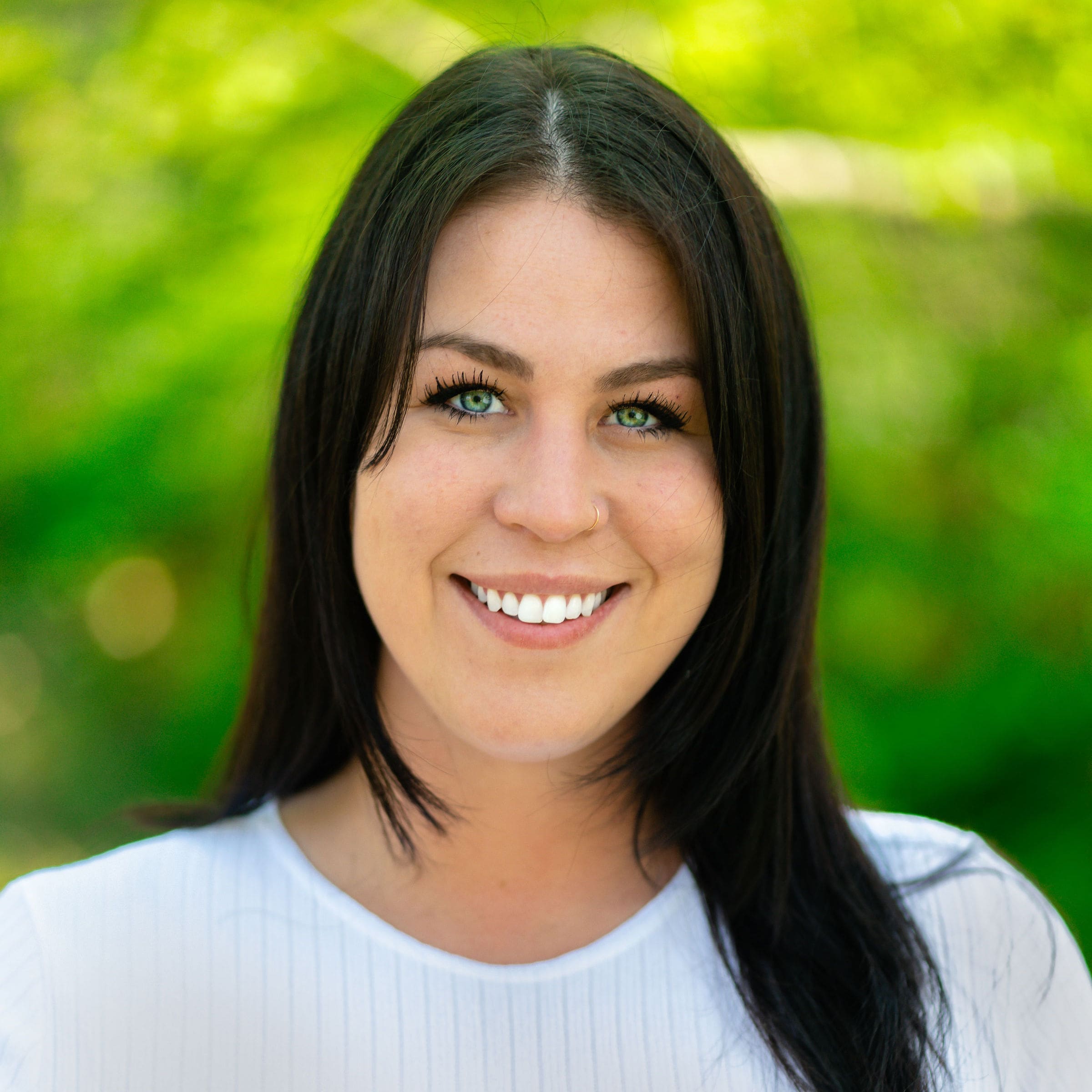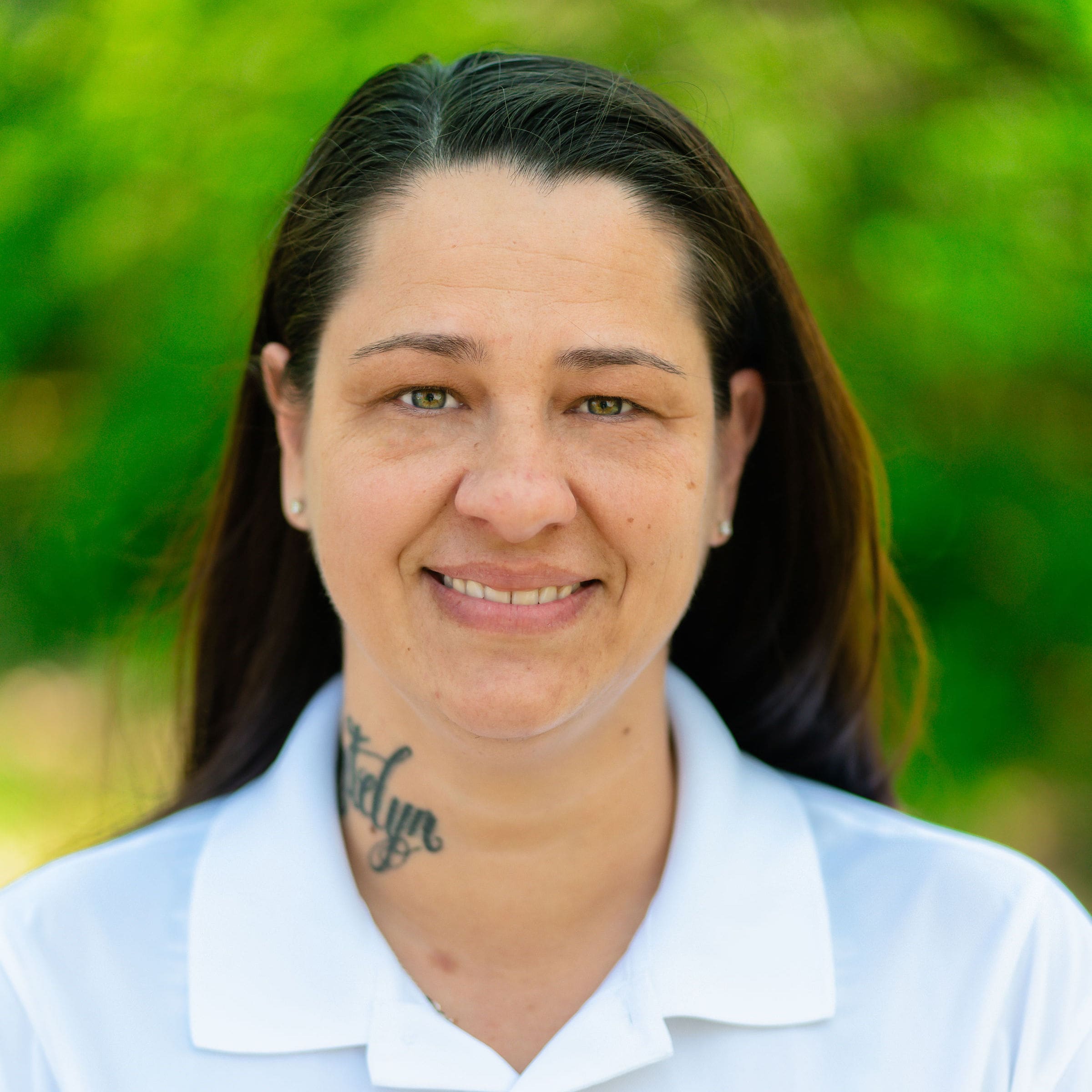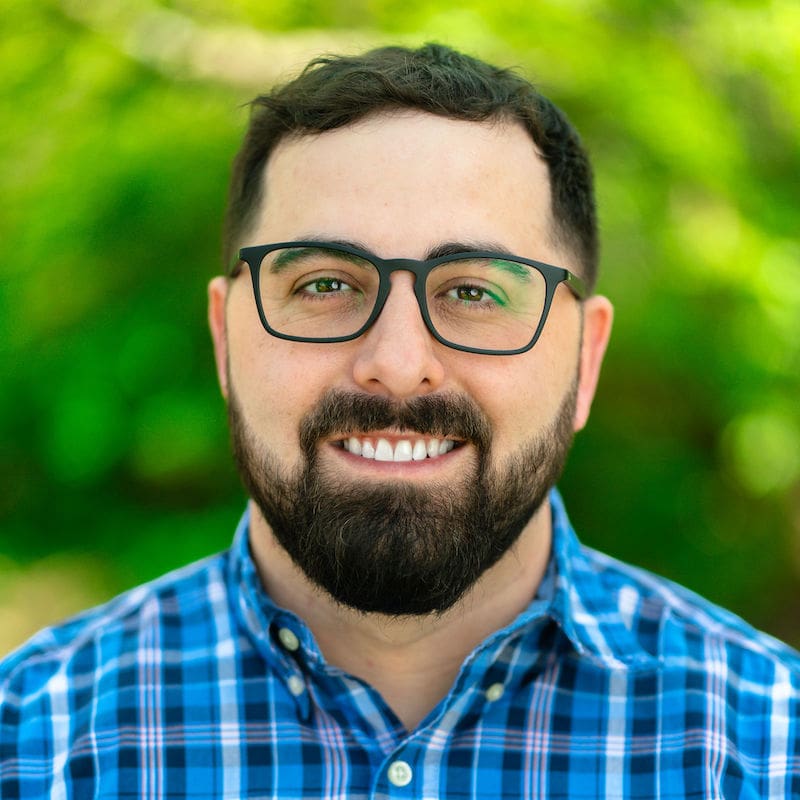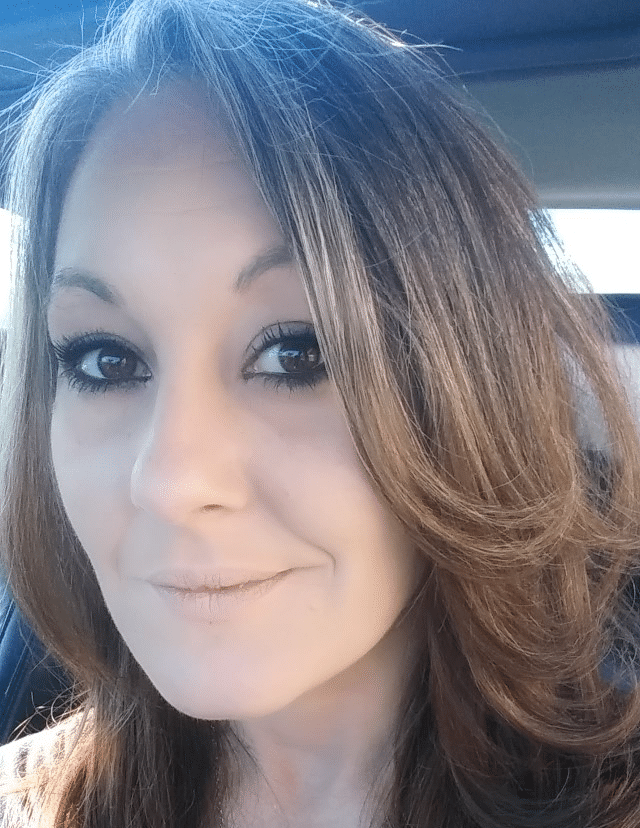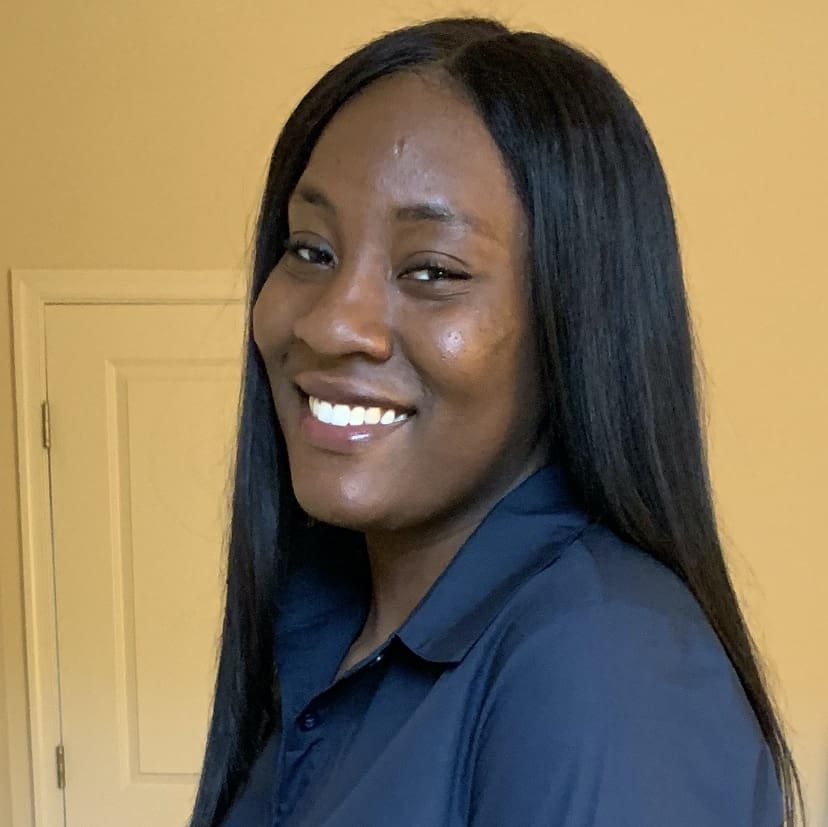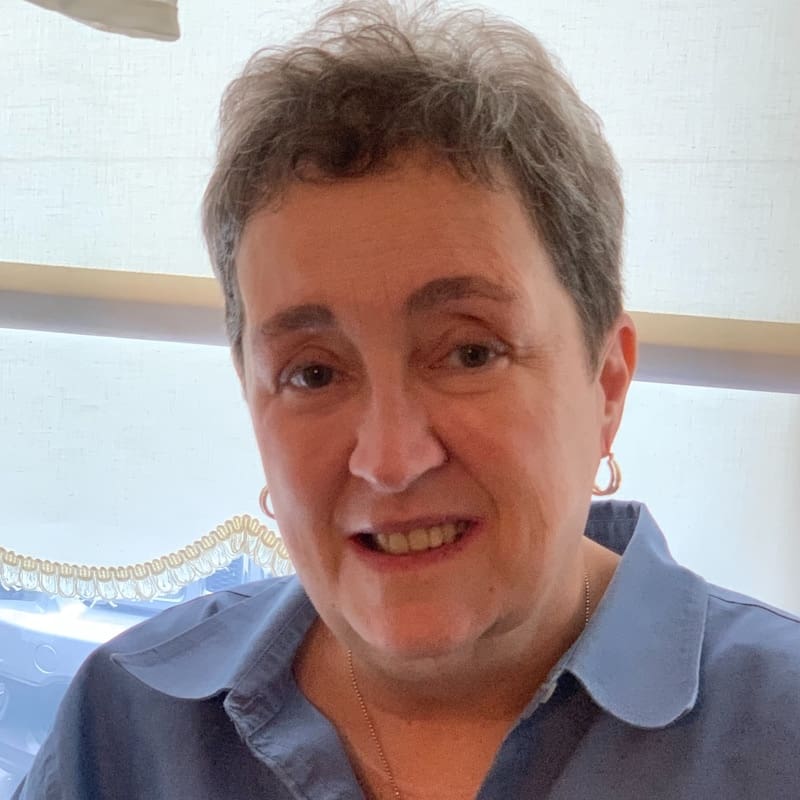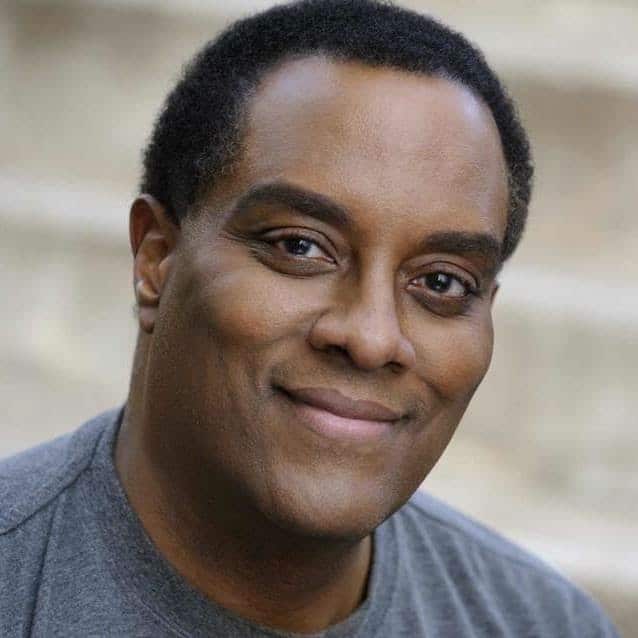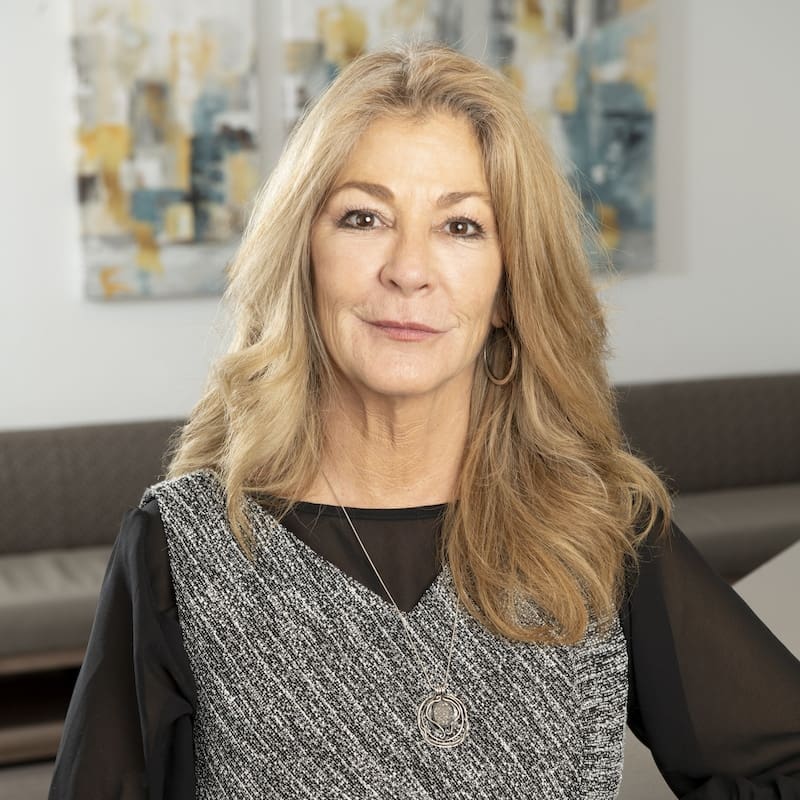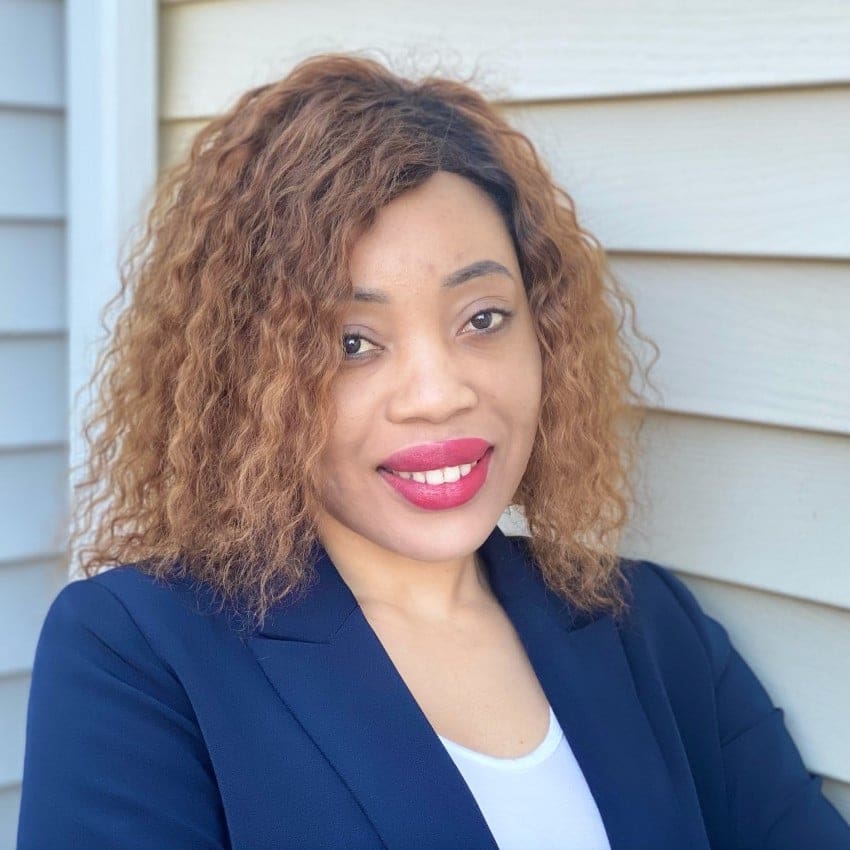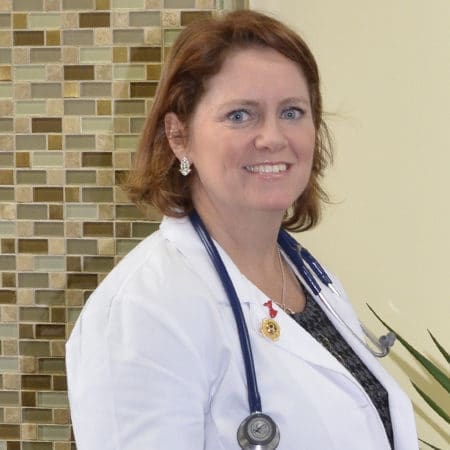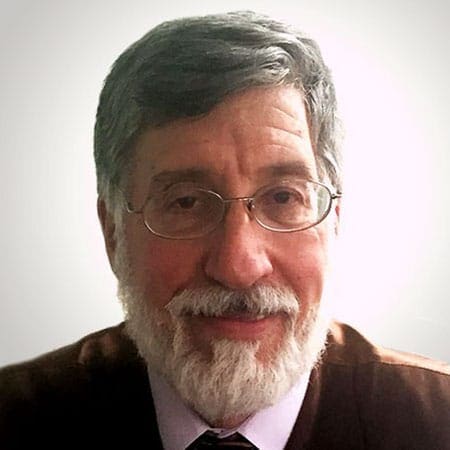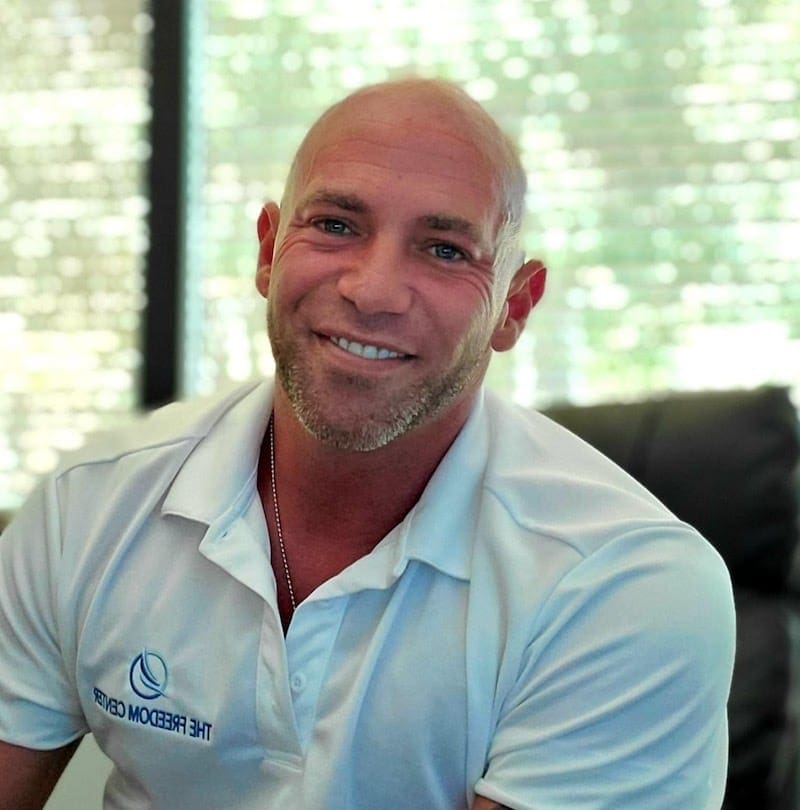Prescription Drug Addiction Rehab
Prescription drug abuse is a growing problem in this country. It can affect all age groups, including adolescents. The drugs most frequently abused can be found in many home medicine cabinets. They include opioid painkillers, sedatives, anti-anxiety medications, and stimulants. Recognizing prescription drug abuse and taking steps early, may prevent the problem from becoming an addiction.
If you or a loved one is struggling with opioid abuse, our prescription drug addiction rehab centers in Maryland can help.
What Are Prescription Drugs?
A drug is a substance meant for use in diagnosing, curing, relieving, treating, or preventing a disease. A prescription drug is prescribed by a doctor, purchased from a pharmacy, prescribed for and meant to be used by one person, and regulated by FDA through the New Drug Application process.
On the other hand, over-the-counter (OTC) drugs don’t require a prescription from a doctor. They can be bought off-the-shelf in stores and they are regulated by the FDA through OTC Drug monographs.
What is Prescription Drug Abuse?
The use of prescription medicine in a way that was not intended by the prescriber is considered prescription drug abuse. It is also sometimes called prescription drug misuse and includes everything from taking a friend’s prescription painkiller for your backache to injecting or snorting crushed pills to get high. This abuse may become ongoing and compulsive, despite the harmful consequences. Experts have estimated that more than 18 million people over age 12 have misused prescription drugs in the previous year.
Commonly Abused Types of Prescription Drugs
Because of their mind-altering properties, the four categories of prescription drugs that are most commonly misused are:
Pain relievers (reduce the perception of pain)
Prescription pain relievers include opioids such as:
- Hydrocodone (Vicodin)
- Oxycodone (OxyContin and Percocet)
- Morphine
Tranquilizers (relieves anxiety and muscle spasms)
Prescription tranquilizers include benzodiazepine drugs such as:
- Alprazolam (Xanax)
- Diazepam (Valium)
- Clonazepam (Klonopin)
Muscle relaxants such as:
- Carisoprodol (Soma)
- Baclofen (Ozobax)
Stimulants (treat attention-deficit hyperactivity disorder (ADHD) and obesity)
Sedatives (to relieve sleep disorders such as insomnia)
Prescription sedatives include barbiturates such as:
- Zolpidem (Ambien)
- Eszopiclone (Lunesta)
Benzodiazepines are also sometimes prescribed for sleep disorders.
What is Prescription Drug Addiction?
Prescription drug addiction is a growing problem in the United States and affects millions of people. It refers to the abuse of prescription medications – such as opioids, sedatives, stimulants, and tranquilizers – for non-medical purposes. When someone misuses or overuses these drugs it can lead to physical dependence and intense cravings that make it difficult to stop taking them. In many cases, addiction can lead to serious health problems and even death.
Prescription drug abuse is often seen as a “safer” way of getting high than using illicit drugs like heroin or cocaine. However, the risks associated with prescription drug abuse are still very real and can be just as dangerous. People who abuse prescription drugs are at risk of developing an addiction, experiencing an overdose, or suffering from long-term health complications.
Symptoms of Prescription Drug Abuse
Depending on the type of drug being abused, the signs of abuse may vary.
Opioid Pain Relievers
- Constipation
- Nausea
- Feeling high
- Slowed rate of breathing
- Drowsiness
- Loss of coordination
- Need to increase the dose for pain relief
- Worse pain or increased sensitivity to pain with higher doses
Sedatives and Tranquilizers
- Sleepiness
- Confusion
- Slurred speech
- Trouble walking
- Loss of concentration
- Dizziness
- Memory problems
- Slowed breathing
Stimulants
- Feeling high
- Increased alertness
- Irregular heartbeat
- High blood pressure
- Rise in body temperature
- Reduced appetite
- Insomnia
- Feeling anxious
- Paranoia
- Feeling agitated
General Signs of Prescription Drug Abuse
In general, a person abusing prescription drugs may show these symptoms regardless of what drug is being misused.
- Stealing, forging, or selling prescriptions
- Taking more than the prescribed dose
- Having mood swings and being hostile
- Sleeping more or less
- Poor decision-making
- Being unusually energetic, high, or pumped-up
- Drowsiness
- Requesting early refills or constantly “losing” prescriptions and needing more
- Getting prescriptions from more than one prescriber
Who Is At the Highest Risk for Prescription Drug Abuse?
Prescription drug abuse is highest among young adults and teens. Factors that increase the risk include:
- Present or past addictions to other substances, including tobacco and alcohol
- Family history of substance abuse and addiction
- Some preexisting mental health conditions
- A social environment where drug use is common or there is peer pressure to use
- Easy access to prescription drugs, having prescription medications at home
- Lack of knowledge about the potential harm of prescription drugs
Prescription Drug Abuse and Older Adults
Among older adults, prescription drug abuse is a growing problem. This is especially true when they combine them with alcohol. Suffering from multiple health problems and taking multiple drugs can put people at a higher risk of misusing drugs or becoming addicted.
Consequences of Abusing Prescription Drugs
Several problems can arise from abusing prescription drugs. They can be especially dangerous and even deadly when taken in high doses, combined with other prescription or OTC drugs, or when used with illegal recreational drugs or alcohol.
Some serious consequences of prescription drug abuse include:
Opioid misuse can:
- Slow your breathing rate and breathing may stop completely
- Cause coma
- Lead to an overdose that may cause death
Tranquilizers and sedatives that help you feel calm or less anxious can lead to:
- Memory problems
- Low blood pressure
- Slowed breathing
- An overdose can cause coma or death
Stimulants can cause you:
- Body temperature to increase
- Blood pressure to increase
- Heart problems
- seizures or tremors
- Hallucinations
- Aggressiveness
- Paranoia
Physical dependence
Also called tolerance, this is your body’s response to the long-term use of a drug. You may need larger doses to achieve the same effects and may have withdrawal symptoms when stopping or even just cutting back.
Addiction
When you are addicted to a drug, you have a physical dependence and you also seek the drug compulsively and keep using it even when it causes major problems for you.
Other Possible Consequences
- Taking part in risky behaviors because of poor judgment
- Starting to use illegal or recreational drugs
- Criminal involvement
- Being involved in vehicle accidents
- Poor school or work performance
- Problems with personal relationships
How is Drug Addiction Diagnosed?
How do you know if you, or a loved one, are addicted? For a diagnosis of substance use disorder (addiction), mental health professionals primarily use the standards in the Diagnostic and Statistical Manual of Mental Disorders (DSM-5), published by the American Psychiatric Association. To be diagnosed with substance use disorder (SUD) the person must show two of the following signs within 12 months:
- Regularly consumes larger amounts of the substance or for a longer amount of time than intended.
- Frequently trying or disclosing a wish to reduce intake of the substance without actually doing it.
- Spending large amounts of time, acquiring, using, and recovering from the drug use.
- Craving for the drug, or asserting a strong desire to use it.
- Failing in professional, educational, and family responsibilities
- Continuing to regularly use the substance despite social, emotional, or personal problems that it might be worsening.
- Giving up social activities, pastimes, or passions due to substance use.
- Using the substance in situations or places that could cause physical harm.
- Continuing to regularly use the substance despite knowing the physical or psychological harm it has probably already caused.
- Increased tolerance.
How You Can Prevent Prescription Drug Abuse
Just because you have a prescription, it doesn’t mean you can’t become a victim of prescription drug abuse. If you’re taking a common prescription drug that tends to lead to misuse, there are ways to reduce your risk including:
Make sure you have been prescribed the appropriate medication.
Check-in regularly with your doctor.
Follow the prescription directions correctly.
Know what the effects of your medication should be.
Never use someone else’s prescription.
Avoid ordering prescriptions online unless they’re from a trustworthy pharmacy.
Preventing Teen Prescription Drug Abuse
Since prescription drugs are commonly abused by adolescents, these steps may help prevent your teen from abusing prescription medications:
- Talk about the dangers. Make it clear that just because drugs are prescribed, it doesn’t make them safe. This is especially true if they’re already taking other medicines or if the drugs were prescribed for someone else.
- Set and enforce rules. Let your child know that it’s not alright to share medicines with other people or to take medicines prescribed for others. Stress the importance of taking only the prescribed dose.
- Talk about the dangers of alcohol use. Besides the dangers of abusing alcohol, using alcohol with medications can increase the risk of overdose.
- Keep your prescription drugs safe. Keep track of your prescription quantities and keep them locked up. “Keep out of the reach of children” is not just an expression.
- Try to make sure your child isn’t ordering drugs online. Some previously mentioned websites sell counterfeit and dangerous drugs without a prescription or age requirement.
- Dispose of your medications properly. Don’t leave your unused or expired drugs lying around. Check the label or drug info for disposal instructions. You may also ask a pharmacist for advice on disposal.
Treatment for Prescription Drug Abuse
Although there isn’t any cure for drug addiction, there are treatment options that can help you overcome addiction and remain drug-free.
Prescription Drug Addiction Rehabs
Rehabs for SUD generally offer:
Detox (Withdrawal therapy)
The goal of detox is to help you stop using the drug as safely and quickly as possible. For some people, detox may be accomplished as an outpatient, but others may need a professional detox or treatment center. Withdrawal from different categories of drugs produces different side effects and requires different approaches. A detox might involve reducing the dose of the drug gradually or substituting other substances temporarily.
Levels of Care
Depending on your needs and requirements, you may enter a:
- Residential Program
- Intensive Outpatient Program
- Standard Outpatient Program
- Dual Diagnosis Program
If you are also suffering from a co-occurring mental condition such as anxiety, depression, PTSD, etc., you may need a dual diagnosis program to address both conditions.
Group, Individual, Behavioral, or Family Therapy
Prescription drug rehab will offer a combination of therapies that can be designed to help focus on the specific issues and needs of you and your family.
Medication-Assisted Treatment (MAT)
Your treatment provider may recommend medication as part of your treatment. Medicines don’t cure your addiction but can help in your recovery. Medication is common in the treatment of opioid addiction.
Self-Help Groups
The message of many support groups is that addiction is a chronic disorder with a danger of relapse. Support groups can help reduce that likelihood.
Continuing Care Plan
Statistics show that anywhere from 40 to 60% of people with SUD will experience a relapse. Continuing treatment and support at a lower level of care can help prevent that.
What Can The Freedom Center Offer Me?
The Freedom Center is a treatment center in Gaithersburg, MD, that can provide you with comprehensive prescription drug addiction rehab. We have a fully licensed and qualified staff of professionals with one passion–to help you recover and get on your path to recovery and freedom.
Our treatment facility can provide a range of treatment programs including residential and 3 levels of outpatient programs. You can enter treatment at the appropriate level of care and continue as long as you feel you need treatment and support by “stepping down” to lower levels of care. Or stepping up if that should become necessary.
If you are struggling with a co-occurring mental issue, The Freedom Center has a dual diagnosis program so that your conditions can be treated at the same time, by the same team. This is part of what we can do for you. Contact us today and let’s talk about it.
References:
https://www.fda.gov/drugs/frequently-asked-questions-popular-to

